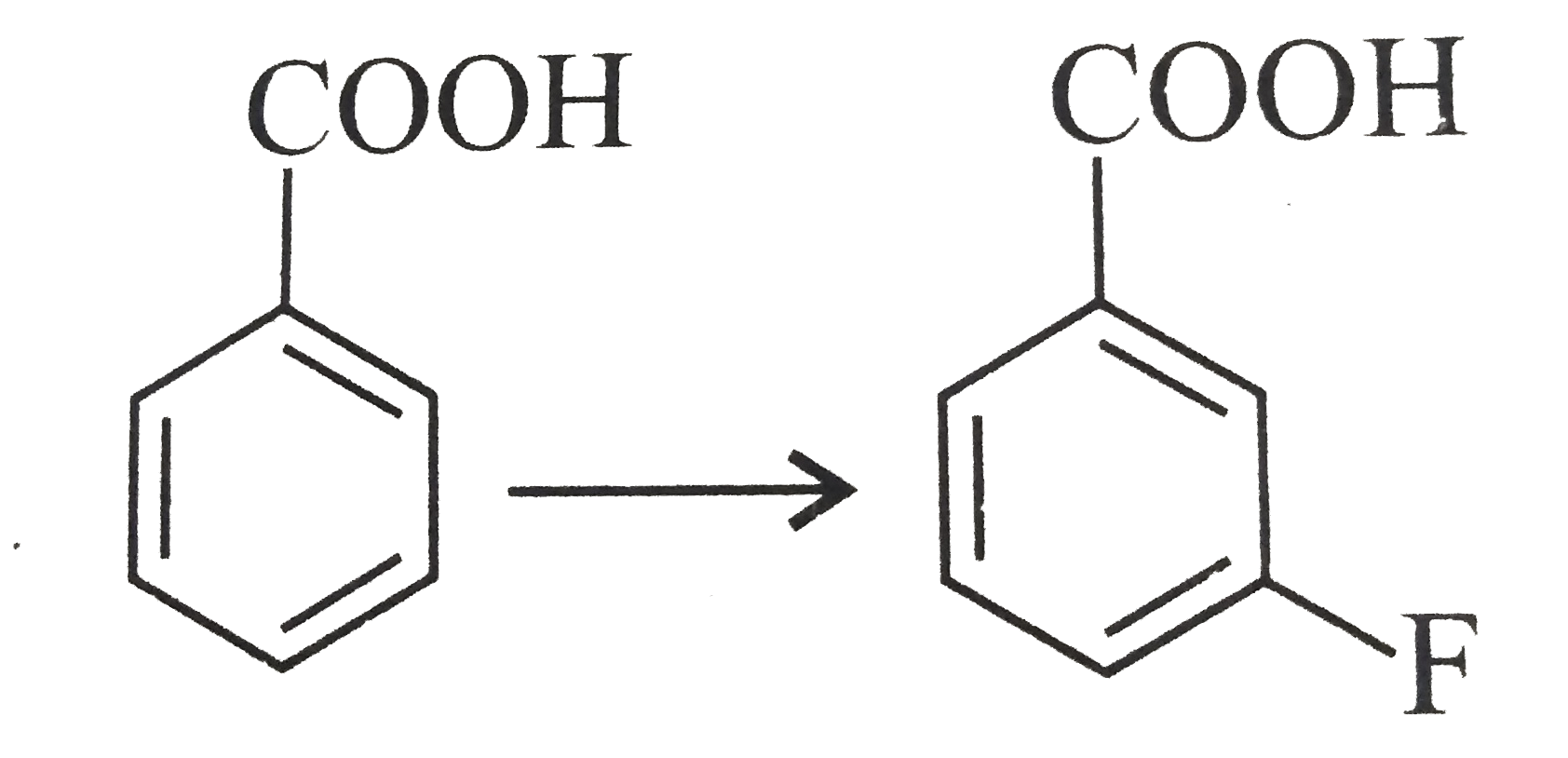Assertion (A ): Molecularity of a reaction cannot be more than three
Reason (R ): Probability of simultaneous collision between more than three particles is very less.
Both (A) and (R) are true (R) is the correct explanation to (A)
Both (A) and (R) are true but (R) is not the correct explanation to (A)
(A) is true but (R) is false
Both (A) and (R) are false
The correct Answer is:A
To solve the question regarding the assertion and reason, we will analyze both statements step by step.
Step 1: Understanding Molecularity
Molecularity is defined as the number of reactant molecules involved in an elementary reaction. It is determined by the sum of the stoichiometric coefficients of the reactants in that reaction.
Hint: Remember that molecularity refers to the number of reactant species in a single step reaction.
Step 2: Analyzing the Assertion (A)
The assertion states that the molecularity of a reaction cannot be more than three. This is generally true because:
- Elementary reactions can be unimolecular (1 reactant), bimolecular (2 reactants), or trimolecular (3 reactants).
- Reactions involving more than three reactants simultaneously are extremely rare due to the complexity of simultaneous collisions.
Hint: Think about how many molecules can realistically collide at the same time to form products.
Step 3: Analyzing the Reason (R)
The reason provided states that the probability of simultaneous collisions between more than three particles is very low. This is also true because:
- As the number of particles increases, the likelihood of all of them colliding at the same time decreases significantly.
- Effective collisions are essential for reactions to occur, and the probability of effective collisions decreases with more particles.
Hint: Consider how crowded conditions affect the likelihood of collisions among particles.
Step 4: Conclusion
Both the assertion and the reason are correct:
- The assertion (A) that the molecularity of a reaction cannot be more than three is true.
- The reason (R) that the probability of simultaneous collisions between more than three particles is very low is also true and explains why the molecularity is limited.
Thus, both A and R are correct, and R provides the correct explanation for A.
Final Answer: Both A and R are true, and R is the correct explanation of A.
Molecularity is defined as the number of reactant molecules involved in an elementary reaction. It is determined by the sum of the stoichiometric coefficients of the reactants in that reaction.
The assertion states that the molecularity of a reaction cannot be more than three. This is generally true because:
- Elementary reactions can be unimolecular (1 reactant), bimolecular (2 reactants), or trimolecular (3 reactants).
- Reactions involving more than three reactants simultaneously are extremely rare due to the complexity of simultaneous collisions.
The reason provided states that the probability of simultaneous collisions between more than three particles is very low. This is also true because:
- As the number of particles increases, the likelihood of all of them colliding at the same time decreases significantly.
- Effective collisions are essential for reactions to occur, and the probability of effective collisions decreases with more particles.
Both the assertion and the reason are correct:
- The assertion (A) that the molecularity of a reaction cannot be more than three is true.
- The reason (R) that the probability of simultaneous collisions between more than three particles is very low is also true and explains why the molecularity is limited.
Topper's Solved these Questions
- BOOK - NARAYNACHAPTER - CHEMICAL KINETICS EXERCISE - EXERCISE -1 (C.W) (HALF-LIFE)7videos
CHEMICAL KINETICS
- BOOK - NARAYNACHAPTER - CHEMICAL KINETICS EXERCISE - EXERCISE -1 (C.W) (COLLISION - THEORY)4videos
CHEMICAL KINETICS
- BOOK - NARAYNACHAPTER - CHEMICAL KINETICS EXERCISE - EXERCISE -1 (C.W) (ORDER OF REACTION)14videos
CHEMICAL KINETICS
- BOOK - NARAYNACHAPTER - CARBOXYLIC ACIDEXERCISE - All Questions288videos
CARBOXYLIC ACID
- BOOK - NARAYNACHAPTER - CHEMISTRY IN EVERYDAY LIFEEXERCISE - ASSERTION & REASON TYPE QUESTIONS10videos
CHEMISTRY IN EVERYDAY LIFE
Similar Questions
Knowledge Check
- Question 1 - Select One
In three throws of two dice, the probability of throwing doublets not more than twice is
A1/6B5/72C215/216DNone - Question 2 - Select One
Assertion(A) : Heat of neutralisation is always less than zero.
Reason(R ) : Neutralisation involves reactions between an acid and a base.ABoth Aand R are true and R is the correct explantion of ABBoth Aand R are true and R is not a correct explantion of ACA is true but R is falseDA is false but R is true - Question 3 - Select One
Assertion (A) : Unit of rate constant for a zero order reaction is mol−1Ls−1.
Reason (R ) : Trimolecular reactions involve simultaneous collision between three reacting species.ABoth Assertion (A) and Reason (R ) are correct statements, and Reason (R ) is the correct explanation of the Assertion (A).BBoth Assertion (A) and Reason (R ) are correct statements, but Reason (R ) is not the correct explanation of the Assertion (A).CAssertion (A) is correct, but Reason (R ) is incorrect statement.DAssertion (A) is incorrect, but Reason (R ) is correct statement.
Why is the probablity of reaction with molecularity higher than three very rare?
View SolutionAssertion (A) : An orbital cannot have more than creat electron
Reason (R ) : The two electrons is an orbital creat opposite mabnitic fieldView SolutionAssertion : Molecularity greater than three is not observed.
Reason : The overall molecularity of complex reaction is equal to molecularity of the slowest step.View SolutionAssertion : Multiple bond between two bonded atoms can have more than three bonds.
Reason : Multiple bond between two bonded atoms can not have more than two π-bonds.View SolutionAssertion : Multiple bond between two bonded atoms can have more than three bonds.
Reason : Multiple bond between two bonded atoms can not have more than two π-bonds.View Solution


 .
.